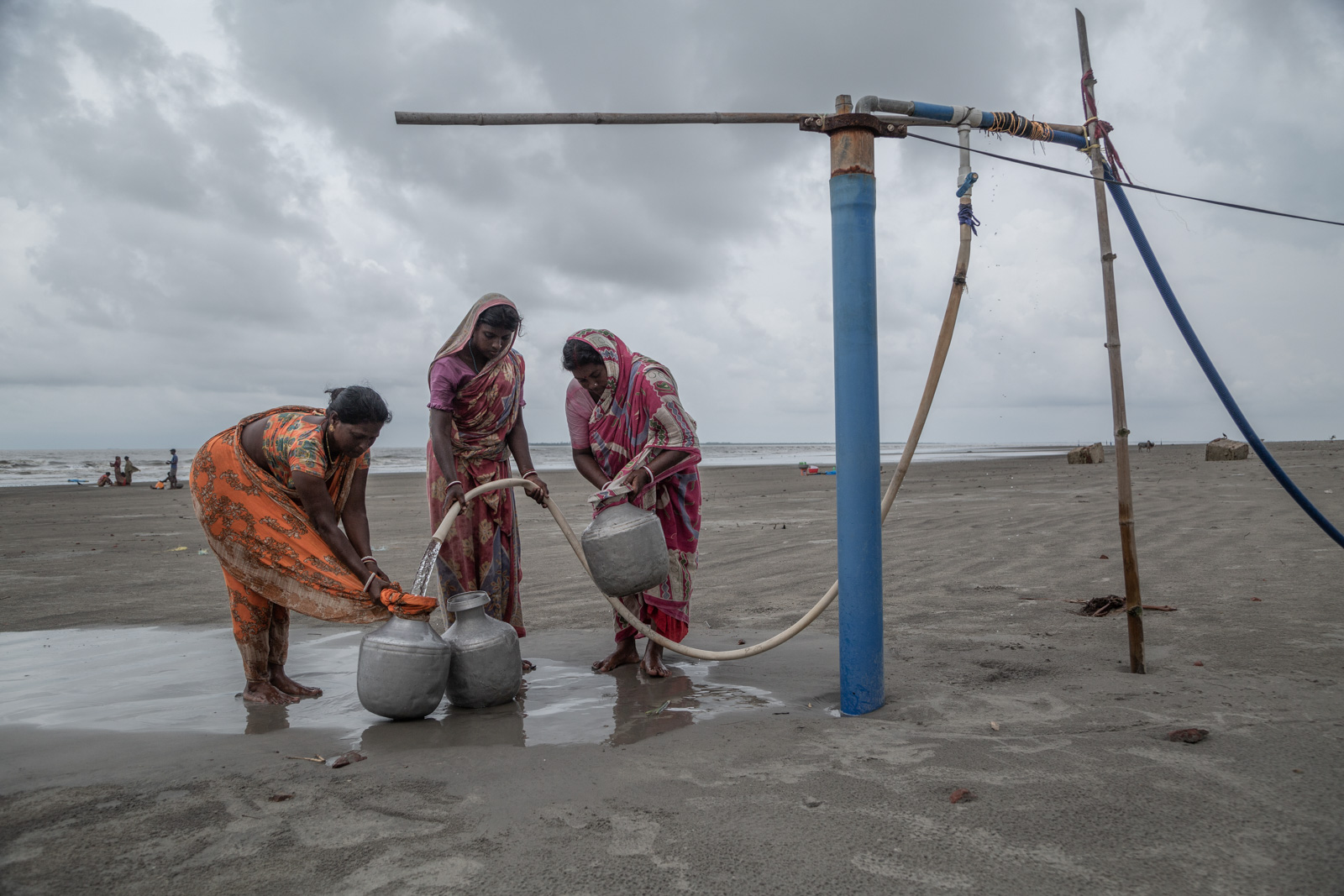Supratim Bhattacharjee, Sinking Sundarbans
The festival is in full swing in Hyderabad. Aquin Mathews reveals what makes this edition unique – and reflects on Indian photography today
How is this edition of the festival different from previous editions
This year promises to be a unique and transformative experience for photography enthusiasts. We believe in providing a platform that not only showcases exceptional talent but also fosters collaboration, learning, and growth. This edition will bring together renowned photographers, industry experts, and aspiring artists to exchange ideas and perspectives. The Art of Pitching workshop, led by National Geographic editors Samantha Clarke and Shweta Gulati is one example, providing an opportunity for Indian photographers to receive expert advice and direction for their work.
Another key is our commitment to providing access to leading photography mentors – we understand the importance of guidance and mentorship in nurturing emerging talent. The festival has become a platform for experimentation, where artists can explore unconventional subject matter and techniques such as Amy Parrish, who uses modern and vintage photographs to visualise the effects of dementia, employing gouache and wax pencil to obscure elements and highlight mundane details. Water-brushed water layers create ephemeral layers of degradation, which are then scanned back into the computer before disappearing.
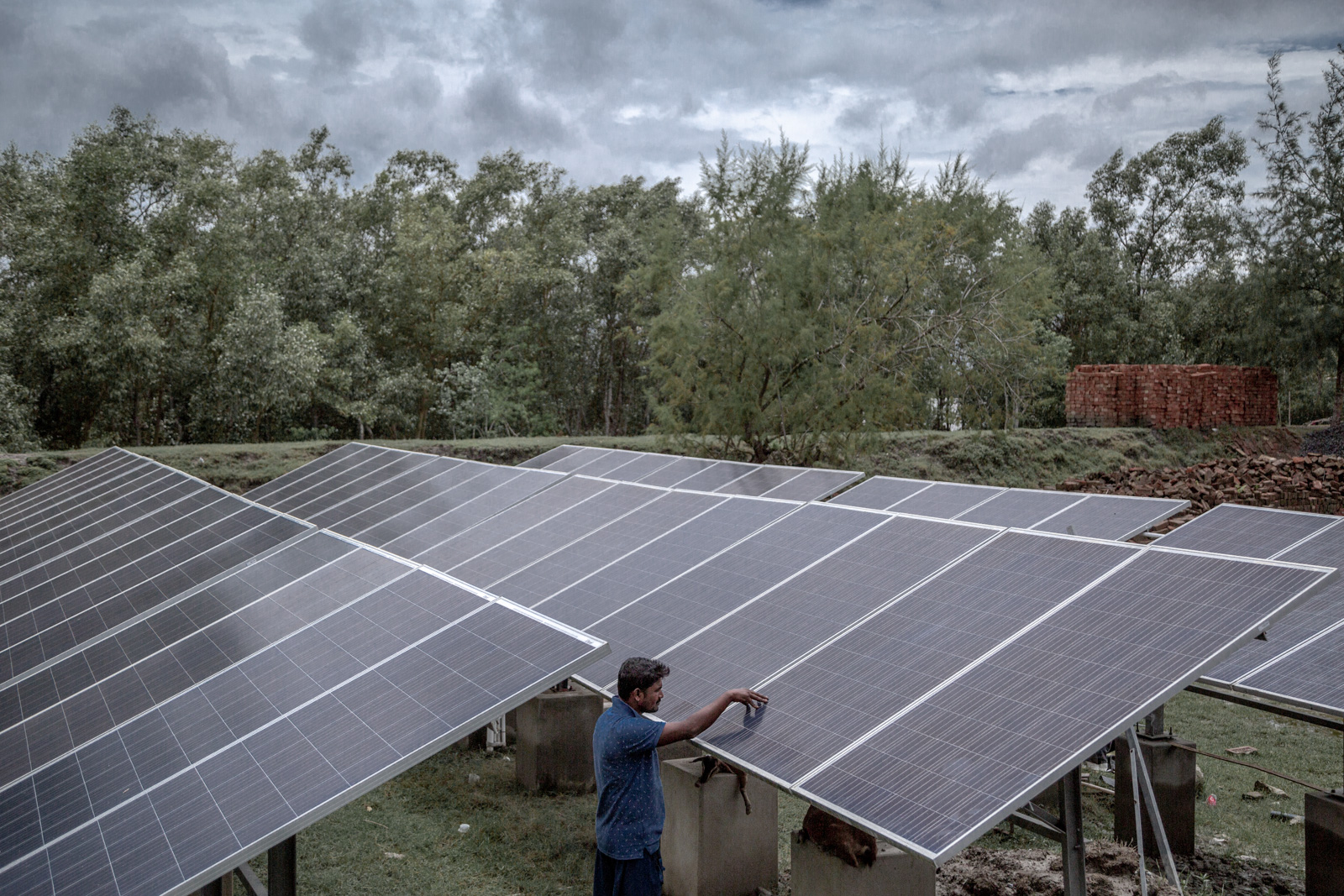
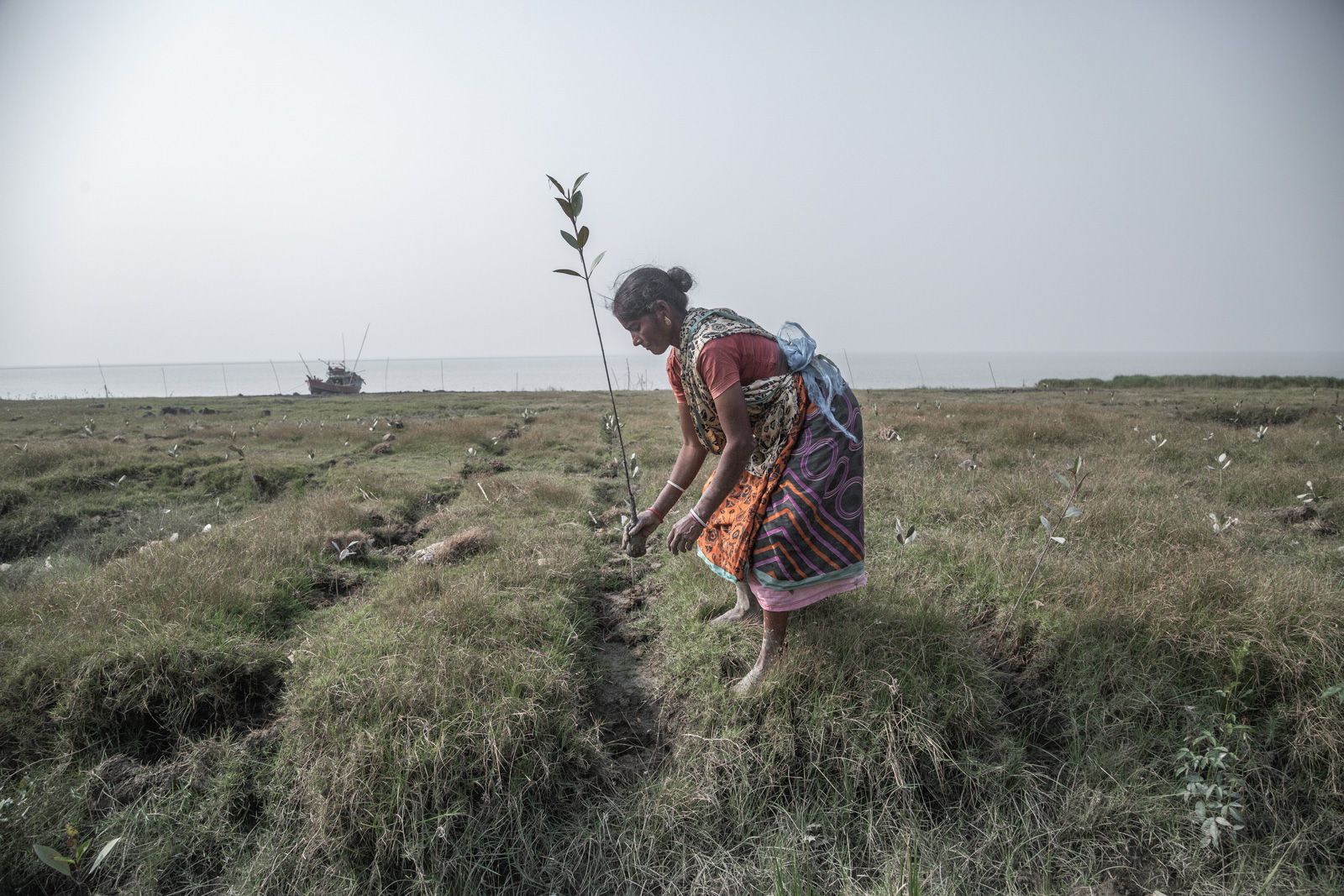
How has the Indian photography scene changed since 2015
Since 2015, the Indian photography scene has undergone significant transformations, driven by visual storytelling, technological advancements, democratisation of access, and an eagerness among photographers to bring untold stories to light. The rise of social media platforms has provided photographers with more opportunities to share their work and connect with audiences.
Artists are now using photography as a tool to tell powerful stories, spark social movements, and bring attention to important issues. Sinking Sundarbans by Supratim Bhattacharjee aims to raise awareness of Climate Refugees and the impact of mangrove cutting; Subhajit Naskar’s In The Forest of Lie addresses the issue of the increasing number of wildlife deaths and the decreasing number of greens in urban areas. The democratisation of photography has also led to a diverse range of perspectives and styles within the Indian photography scene, while technology has also played a crucial role in shaping how photographers capture and present their work.
How do you balance the inclusion of local – and Indian – photographers with the need for the programme to have a global scope
Finding the right balance between showcasing local photographers and maintaining a global scope is crucial. While it is important to highlight the works of homegrown photographers to provide a local context and celebrate their talent, it is equally essential to recognize that many issues faced today have a global resonance. By incorporating the works of international photographers, the festival can bring diverse perspectives and stories from across the world. SAPILAND by Australian photographer Johannes Reinhart draws attention to the human footprint and highlights the paradoxical relationship modern humans have with nature, for example. This not only adds depth and variety to the program but also allows attendees to gain a broader understanding of different cultures, experiences, and global issues.
This creates a dynamic platform that showcases artistic excellence while fostering cultural exchange. Moreover, featuring global photographers alongside local talent can inspire aspiring photographers in India by exposing them to different styles, techniques, and creative approaches. This exposure can help them expand their horizons and push boundaries in their work. This approach allows us to showcase diverse narratives, encourage dialogue on universal themes, and promote a deeper appreciation for photography as a powerful medium of storytelling. Ultimately, striking a balance between local and global perspectives at the Indian Photo Festival ensures that it remains relevant on both regional and international levels. It creates an inclusive space where diverse voices are heard, stories are shared, and connections are made across borders.
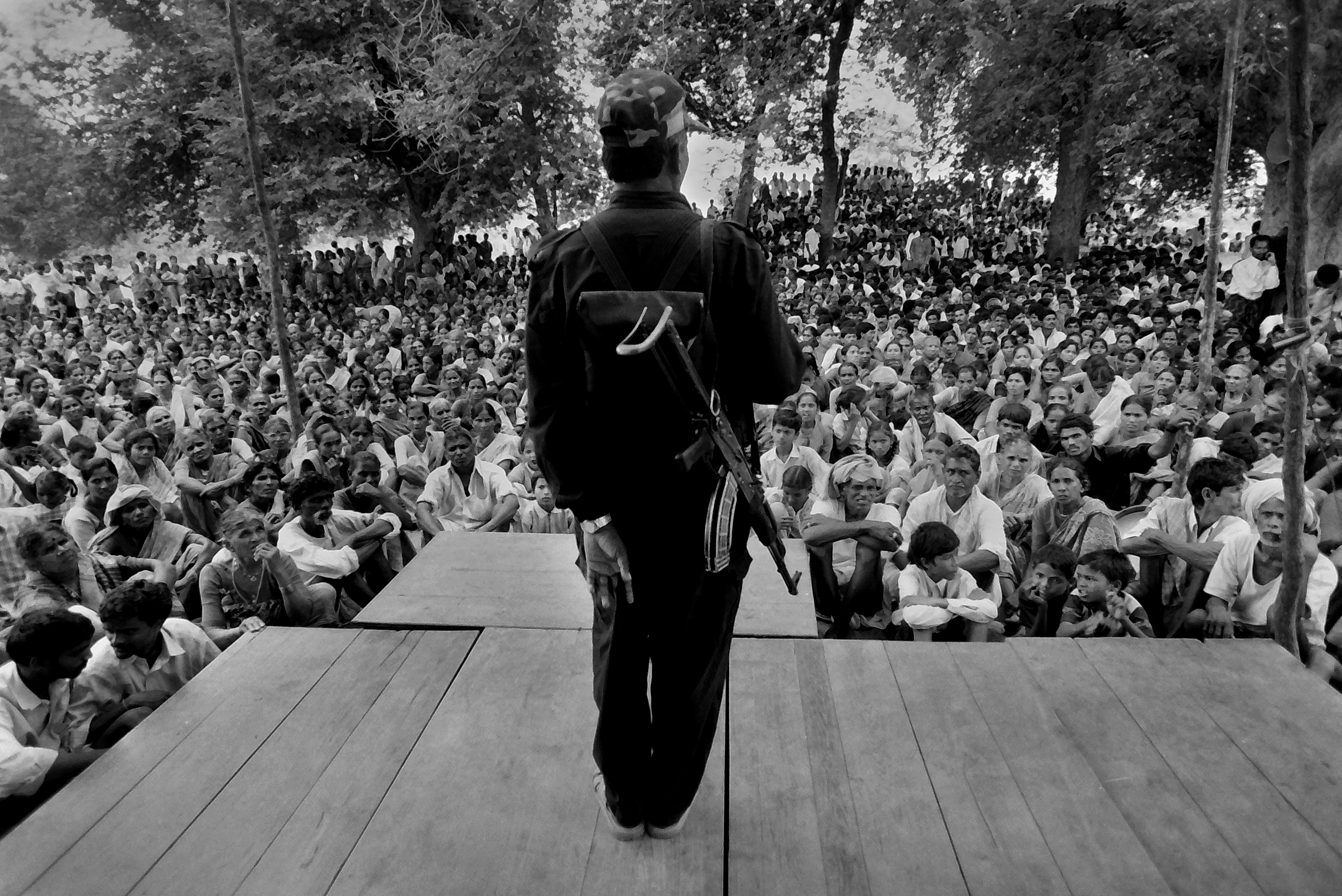
Can you talk a little bit about D Ravinder Reddy’s exhibition – why is it important to show documentary work in a photographic art festival?
Ravinder Reddy has garnered considerable attention and acclaim. His work, deeply ingrained in the sociopolitical realities of our time, offers a compelling narrative that resonates with today’s climate. His photographs capture the essence of society: his images of the Maoist movement, also known as PWG, illuminate the harsh realities propelling this communist struggle, providing a rare look into life within PWG camps, as well as the impoverished villages that support their armed uprising.
The work serves as an inspiration, a mirror held up to society, inviting viewers to engage in dialogue and reflection. The exhibition is a call to action, a prompt for viewers to question societal norms and seek out diverse perspectives. His work acts as a catalyst for change, fostering understanding and empathy in our increasingly complex world.

How have you found balancing digital and in-person programmes?
The festival has successfully balanced digital and in-person programs to reach a wider audience. The National Geographic-supported portfolio reviews are conducted online, providing a platform for regional photographers to receive guidance and feedback. In contrast, the art discussions and exhibitions offer more intimate offline experiences. Digital programs have enabled the festival to connect with photographers, artists, and industry professionals globally. However, in-person programs offer an immersive experience where attendees can physically interact with artists face-to-face. The energy and atmosphere of being present at a physical exhibition or workshop cannot be replicated digitally.
It is clear that having both digital and in-person programs is crucial for ensuring inclusivity and reaching a wider audience. While technology has enabled us to connect globally, there is still value in fostering personal connections through physical interactions. Ultimately, finding a balance between these two formats allows us to leverage technology while preserving the essence of human connection.
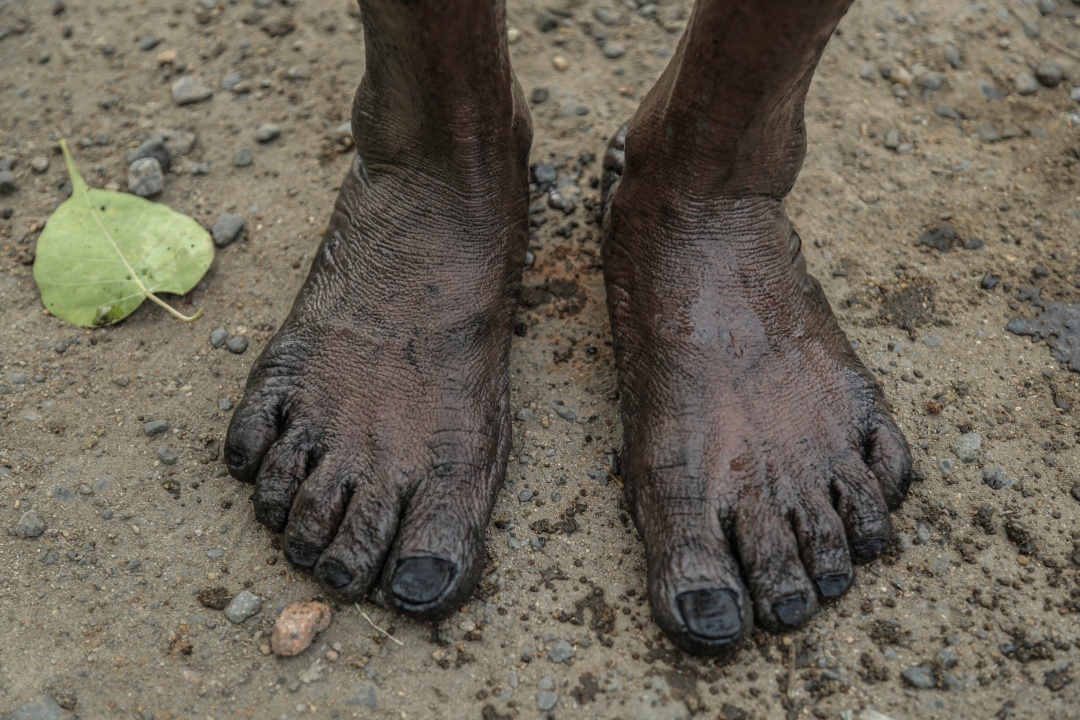
Palani Kumar’s project tackles India’s socioeconomic and caste realities head on: what does it mean to show the work in a festival context?
Showcasing Palani Kumar’s project is an opportunity to bring attention to pressing societal issues. It allows for a platform where audiences can engage with the subject matter and confront these realities. Art has always been a powerful medium for sparking conversations, raising awareness, and provoking introspection. The project has the potential to reach a wider audience, including policymakers and authorities who have the power to initiate meaningful change. It serves as an encouragement for creatives to use their craft as a means of amplifying marginalised voices and bringing attention to societal injustices. Exhibiting Kumar’s work offers an opportunity for collective reflection – it has the potential to challenge preconceived notions, ignite dialogue among viewers, and inspire action towards creating a more inclusive and equitable future.
Indian Photo Festival is at various venues across Hyderabad until 7 January 2024

